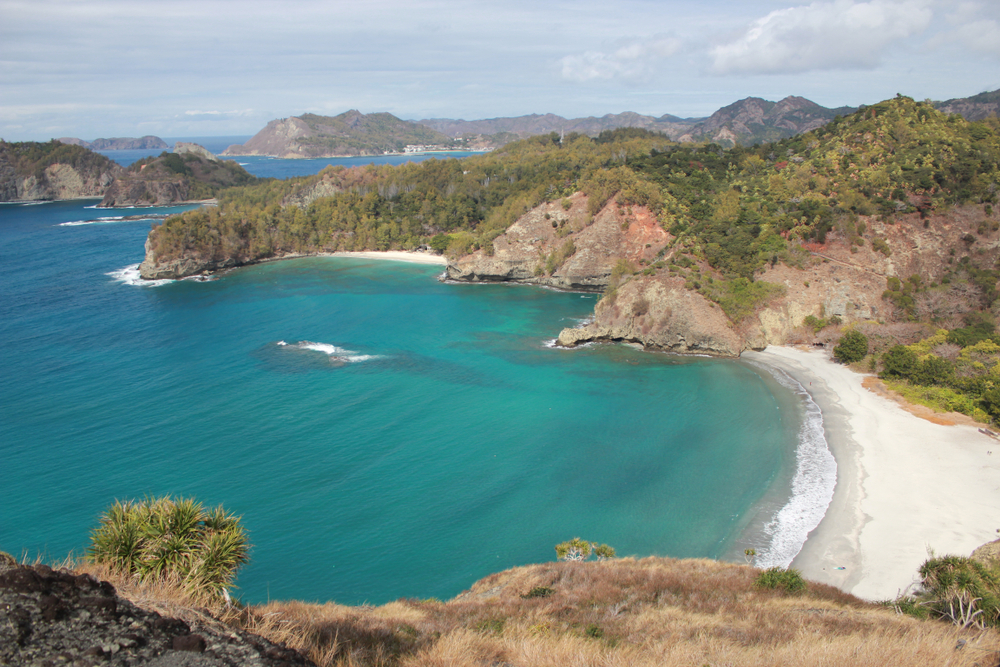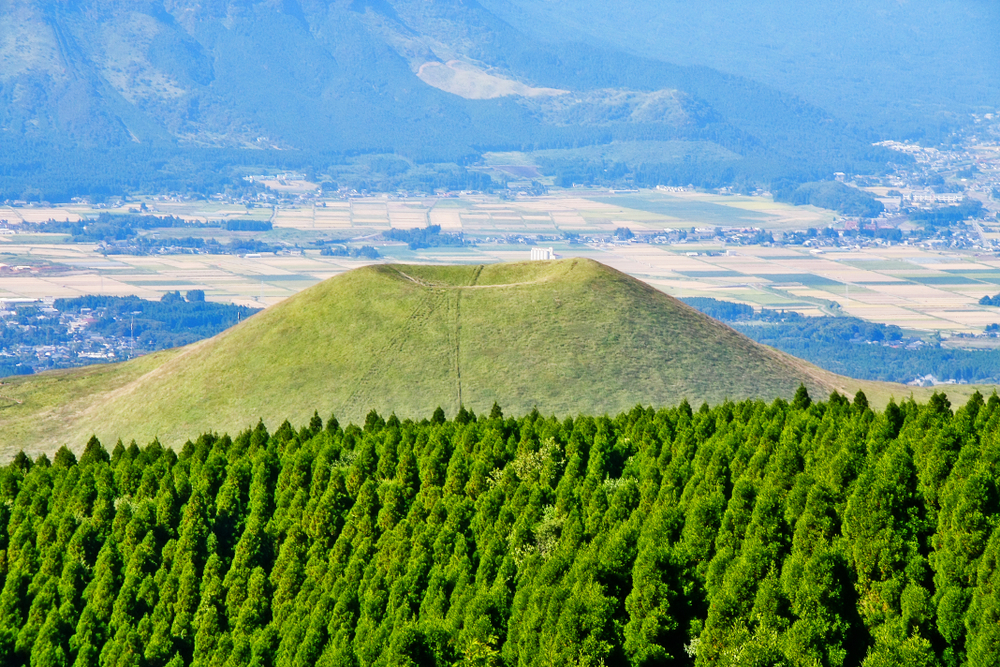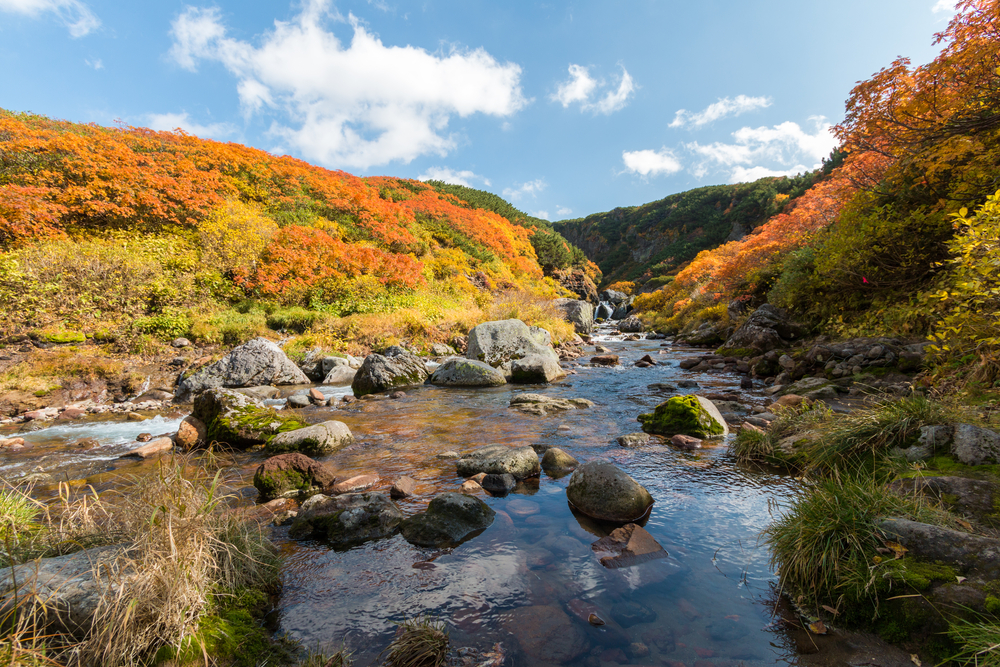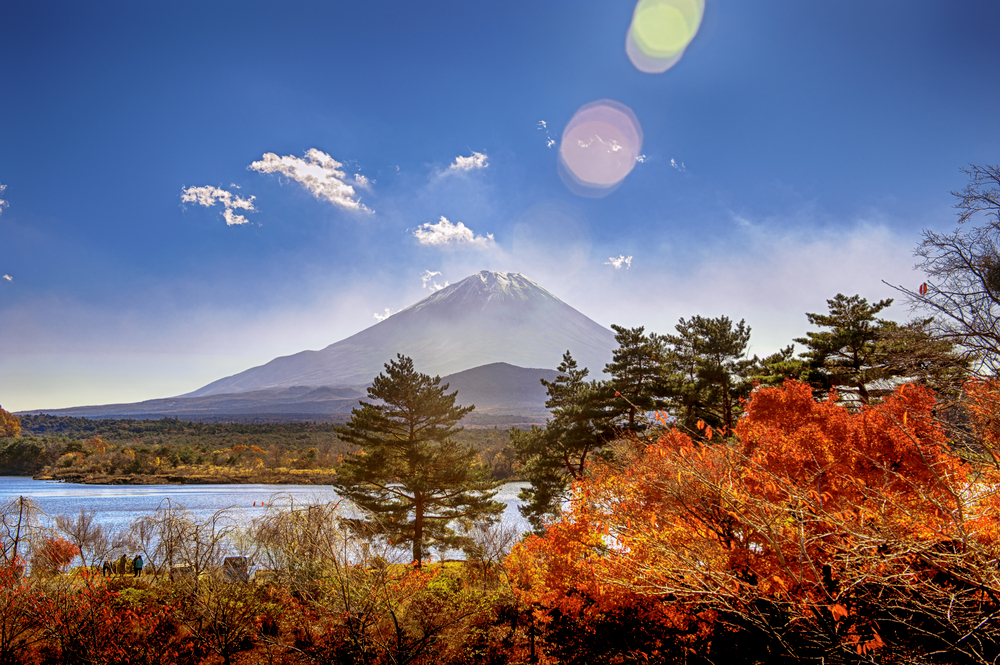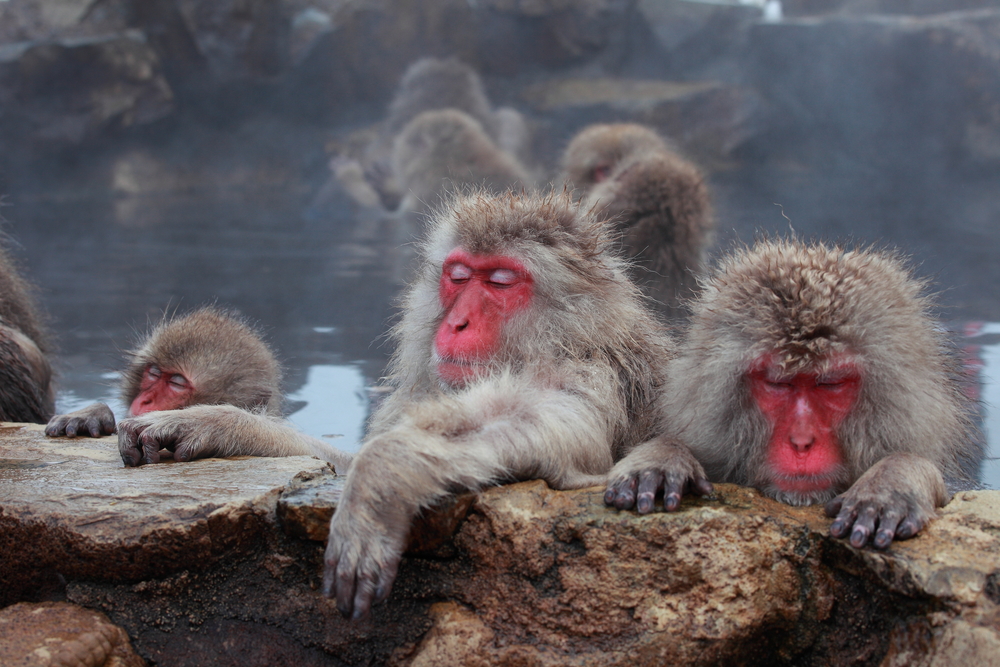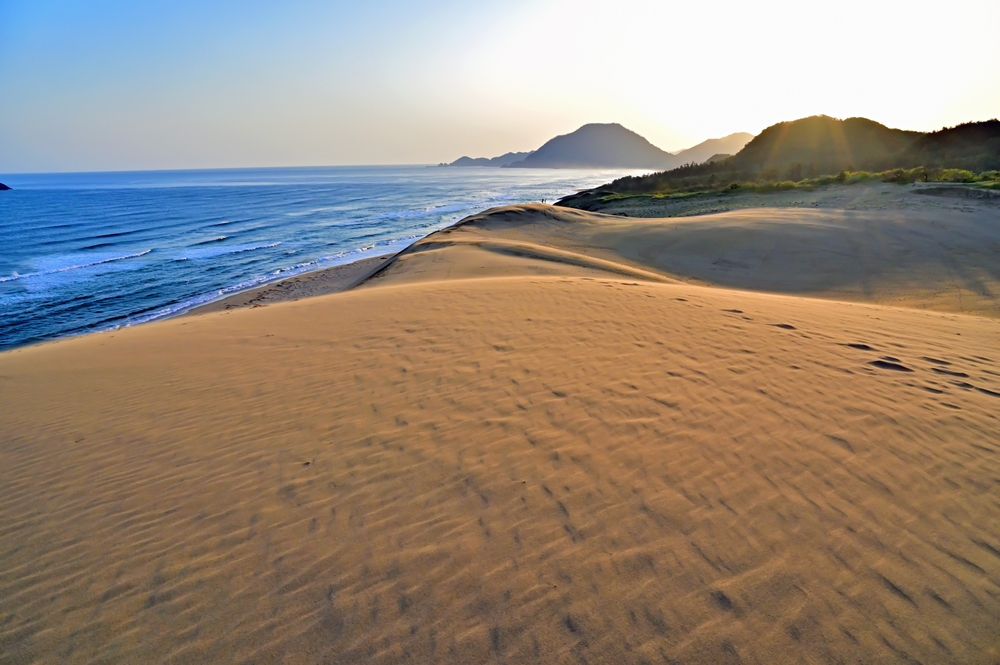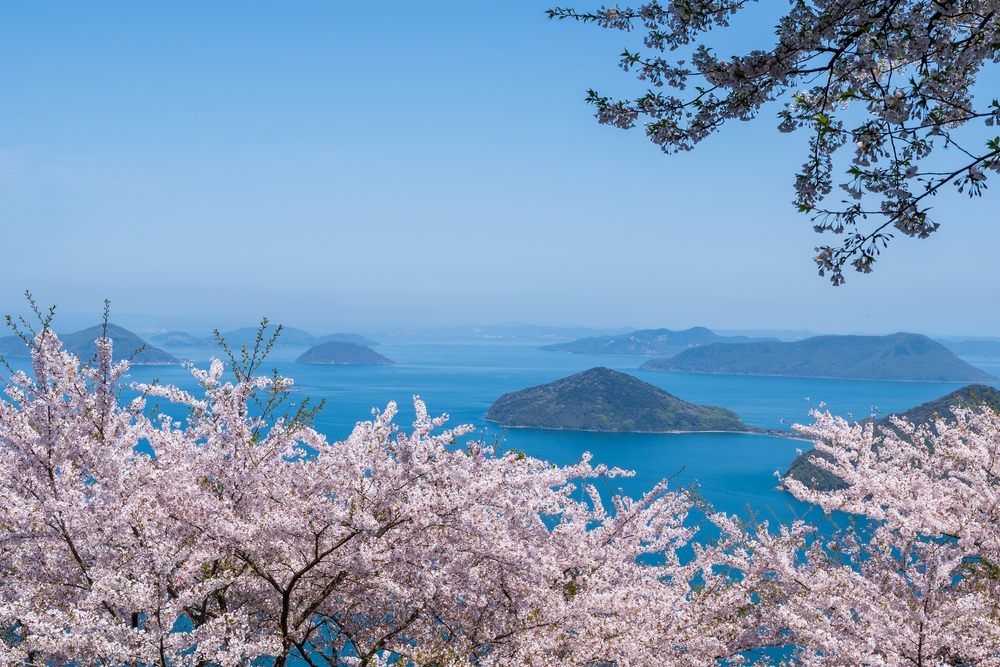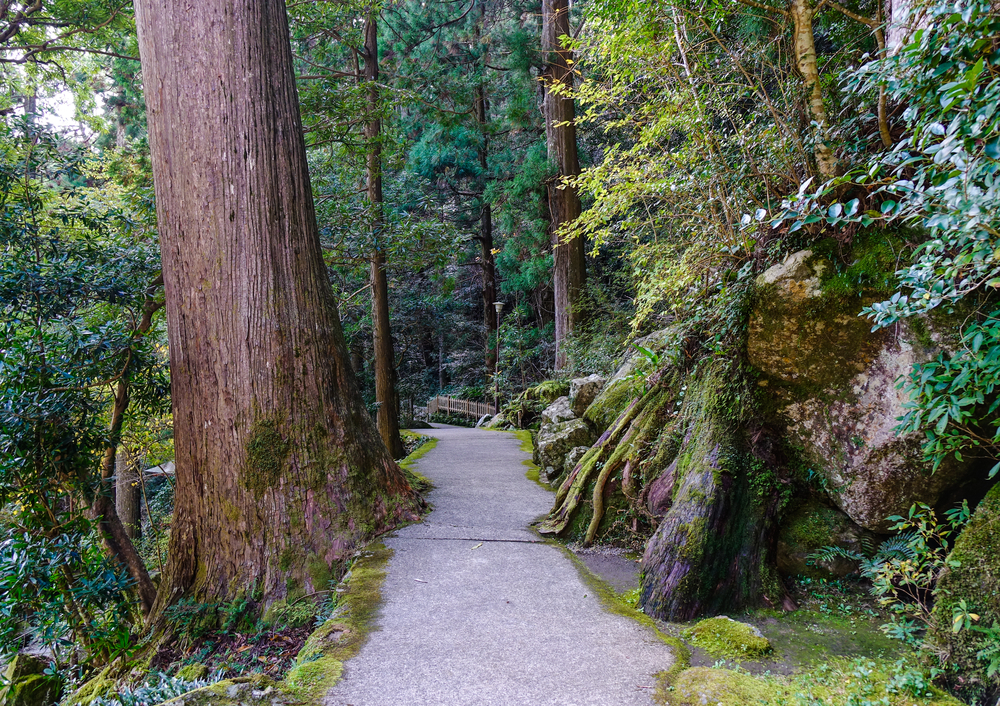Ogasawara Overview
Ogasawara National Park, known locally as 小笠原国立公園 (Ogasawara Kokuritsu Kōen), is a stunning archipelago located approximately 620 miles (1,000 kilometers) south of Tokyo, Japan. Encompassing a total area of 104 square miles (270 square kilometers), the park is part of the Ogasawara Islands, also referred to as the Bonin Islands. Recognized as a UNESCO World Heritage Site, the park is celebrated for its exceptional biodiversity, striking landscapes, and unique ecosystem, often referred to as the “Galápagos of the Orient.”
The terrain of Ogasawara National Park features dramatic cliffs, lush forests, pristine beaches, and turquoise waters. The islands, formed by volcanic activity, offer a rugged and varied topography. Chichijima and Hahajima, the two largest islands in the park, are adorned with steep hills and coastal plateaus. The iconic Minamizaki Beach and the ethereal waters of Ogiura Bay provide scenic vistas, while the subtropical forests are home to an array of endemic plant species, including the rare Bonin Island honeysuckle. The coral reefs surrounding the islands are equally mesmerizing, hosting vibrant marine life.
Wildlife enthusiasts visiting the park are treated to an extraordinary array of species. The park is home to several endemic animals, including the Ogasawara flying fox, a fruit bat that plays a vital role in pollination. Birdwatchers can spot the critically endangered Bonin white-eye and the Bonin petrel, which nest on the islands. The surrounding ocean teems with life, offering opportunities to encounter humpback whales, dolphins, and sea turtles. The coral reefs support diverse fish populations, making the area a haven for snorkeling and diving.
Among the park’s highlights are the breathtaking views from Mount Chuo on Chichijima, the lush Hahajima Islands, and the crystalline waters of Kominato Beach. Visitors can explore the remnants of World War II historical sites scattered across the islands, adding a layer of historical intrigue to the natural beauty. The park’s marine environment offers world-class diving spots, with shipwrecks and coral gardens waiting to be discovered.
Visitors can engage with the park through activities like hiking, birdwatching, and guided tours. The subtropical trails on Chichijima and Hahajima allow hikers to traverse the islands’ diverse ecosystems. Kayaking and snorkeling are popular ways to experience the vibrant marine life, while whale-watching tours offer close encounters with majestic humpback whales during their migration season.
The conservation challenges facing Ogasawara National Park are significant, primarily due to invasive species that threaten its endemic flora and fauna. Introduced species like goats and rats have disrupted native ecosystems. However, significant conservation efforts have been made, including reforestation projects and the eradication of invasive species. These efforts have yielded notable successes, such as the recovery of certain bird populations and the restoration of native vegetation. The park’s designation as a World Heritage Site underscores its global ecological importance and the need for continued protection.








































































